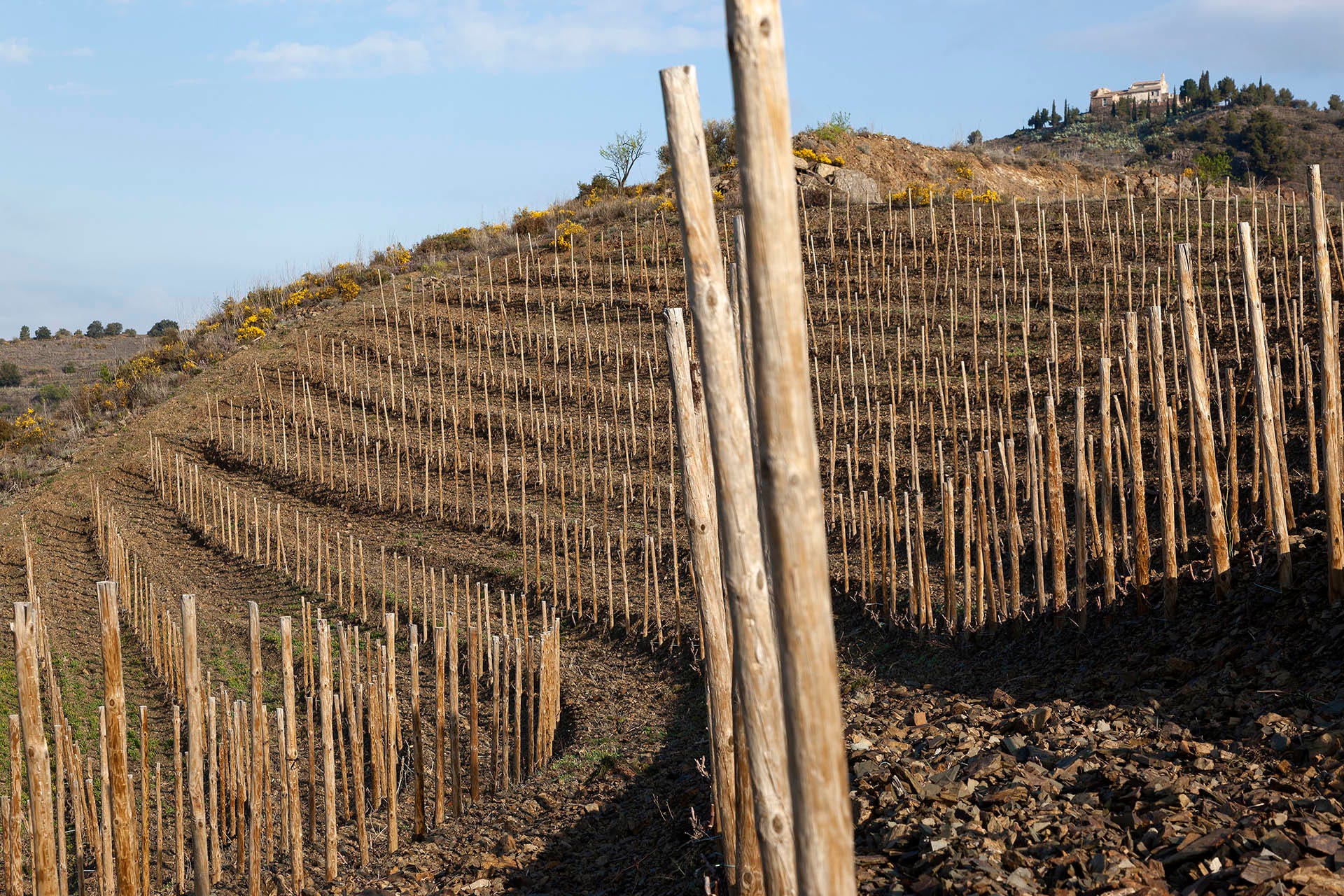Not everyone can convincingly compare a soil type to a classic French dessert, but Thierry Fritsch sees the sweetness in schist.
Comprised of flaky layers of rocks and minerals, schist is “sort of a mille-feuille baked at high pressure in the depths of the earth’s crust,” says Fritsch, head oenologist and chief wine educator for Conseil Interprofessionnel des Vins d’Alsace, a wine organization in Alsace, France.
Like slate, schist is a metamorphic soil, meaning it formed when an intense bout of heat and pressure transformed one type of rock into another. Its fine-grained, crystalline character has pluses and minuses for winemakers.

Schist is “resistant to weathering and erosion, and often produces very prominent terroirs,” says Jordi Paronella, wine director for ThinkFoodGroup.
It also retains heat well and has good drainage. These characteristics are useful for growers in hilly Alsace or those cultivating indigenous Carignan and Garnacha grapes in mountainous Priorat, Spain.
“Both these grape varietals need plenty of sunshine and heat to thrive, and the steep, mainly schist soils of Priorat are excellent for retaining both the heat and the very scarce and much-needed water,” says Michael Evans, CEO of The Vines, a global network of vineyards.
In search of water, the grapevines’ roots descend into schist’s rocky layers.
“Fractured, laminated schist allows the vine roots to penetrate the cracks down as far as seven or eight meters deep, where rainwater naturally flows,” says Fritsch.
This deep dive has benefits beyond hydration.
“On the way, the roots absorb lots of minerals, which is known to give low yields of small grapes with thick skins but a high concentration of flavors, color, acidity and tannins,” says Evans. “The result is highly intense and aromatic, often big and bold, depending on the winemaker, but always with a lot of what we call ‘mineral’ notes.”
On the less advantageous side, schist lacks nitrogen and is low in organic matter like plant residues, microbial biomass and other substances that help create stable growing environments and promote biodiversity to stave off disease.
These shortcomings don’t prevent viticulturalists from growing renowned wines in schist. In addition to Priorat and Alsace, schist is associated with wine regions like the Languedoc and Loire and Rhône Valleys in France, as well as Portugal’s Douro Valley.

“Generally speaking, it is understood that the schist reinforces the acidity in the wines,” says Fritsch, who thinks this can benefit Riesling and Pinot Gris grapes in Alsace.
Winemaker Rémy Gresser believes the schist soils in which he cultivates 35.5 acres of Alsatian grands crus help provide linear character and “a silky touch” to his finished wines.
The most common tasting note associated with schist soils is minerally characteristics. To that end, Wine Enthusiast’s Anna Lee Iijima and Roger Voss cite schist soils in tandem with minerally notes in red wines from the Rhône and Douro Valley, respectively.
Last Updated: September 28, 2022















